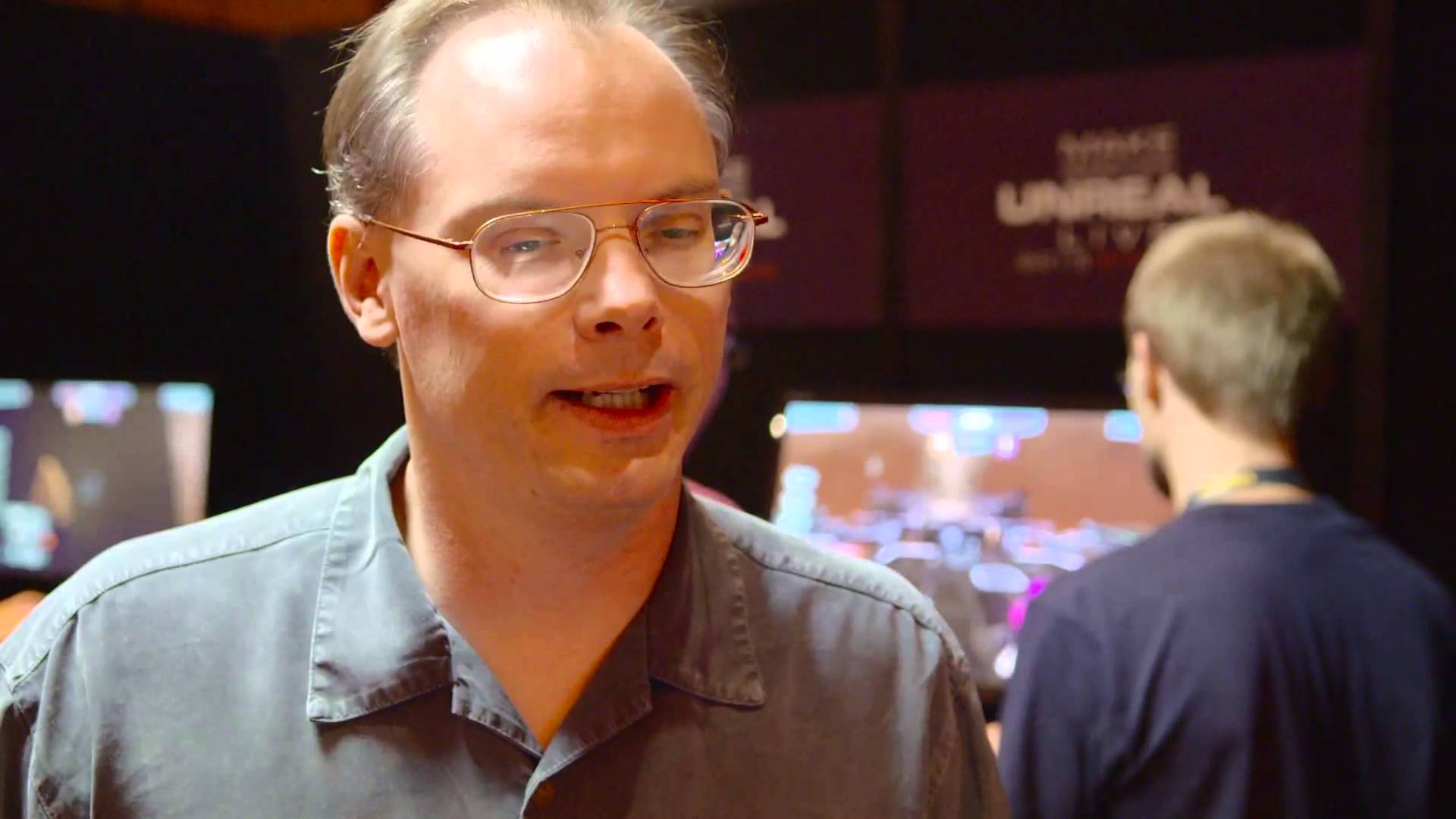The SSDs that the next generation consoles will have have been one of the key selling points for the next leap in gaming. Promises of reduced loading, as well as easy development, have all been heralded as the next step forward. How much of that is the typical next gen hype we get at the beginning of any marketing cycle and how much will be true is anyone’s guess, but Tim Sweeney, CEO of Epic Games, seems particularly impressed with Sony’s PS5 SSD. He recent made the comment that the SSD in that system was even better than current high-end PCs. That sort of raised some eyebrows, especially of PC purists, who were wondering if that was all true. Well, he’s clarified that it’s not just the SSD itself, but how it functions with the whole.
In a series of replies on his official Twitter, Sweeney answered several questions responding to his statement. The basic gist is that while there may be PC drives that are better on paper and in theory, you have to take into mind how that works in the grand scheme of the entire architecture, with things like compression, RAM, and layering all coming into play. You can see Sweeney go into better detail below.
While Sweeney does hold firm to his assessment that the PS5’s current SSD is better as of now, he does mention that this could change in the future. He specifically points out the work Intel is doing as an example. After all, no matter how good the hardware is in the PS5 (or Xbox Series X), it will remain static, while PCs will continuously evolve further. Either way, for now, it still seems like the SSD in the PS5 is quite impressive.
Systems integration and whole-system performance. Bringing in data from high-bandwidth storage into video memory in its native format with hardware decompression is very efficient.
— Tim Sweeney (@TimSweeneyEpic) May 15, 2020
Those PC numbers are theoretical, and are from drive into kernel memory. From there, it's a slow and circuitous journey through software decompression to GPU driver swizzling into video memory where you can eventually use it. The PS5 path for this is several times more efficient.
— Tim Sweeney (@TimSweeneyEpic) May 14, 2020
See the coverage of Mark Cerny's talk for technical details. The software and hardware stack go to great lengths to minimize latency and maximize the bandwidth that's actually accessible by games. On PC, there's a lot of layering and overhead.
— Tim Sweeney (@TimSweeneyEpic) May 13, 2020
Then you have the issue of getting compressed textures into video memory requires reading into RAM, software decompressing, then calling into a GPU driver to transfer and swizzle them, with numerous kernel transitions throughout.
— Tim Sweeney (@TimSweeneyEpic) May 14, 2020
Intel's work on non-volatile NVDIMMs is very exciting and may get PC data transfer on a better track over the coming years.
— Tim Sweeney (@TimSweeneyEpic) May 14, 2020















